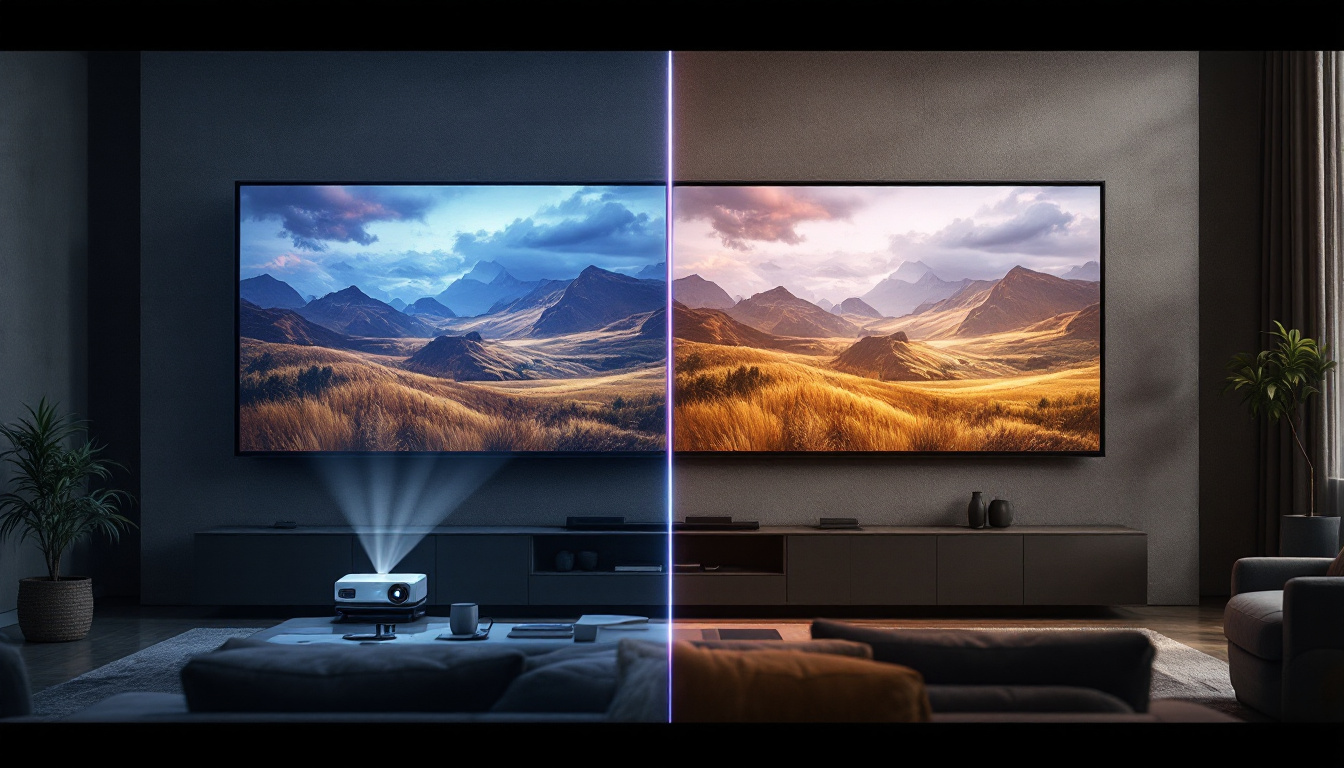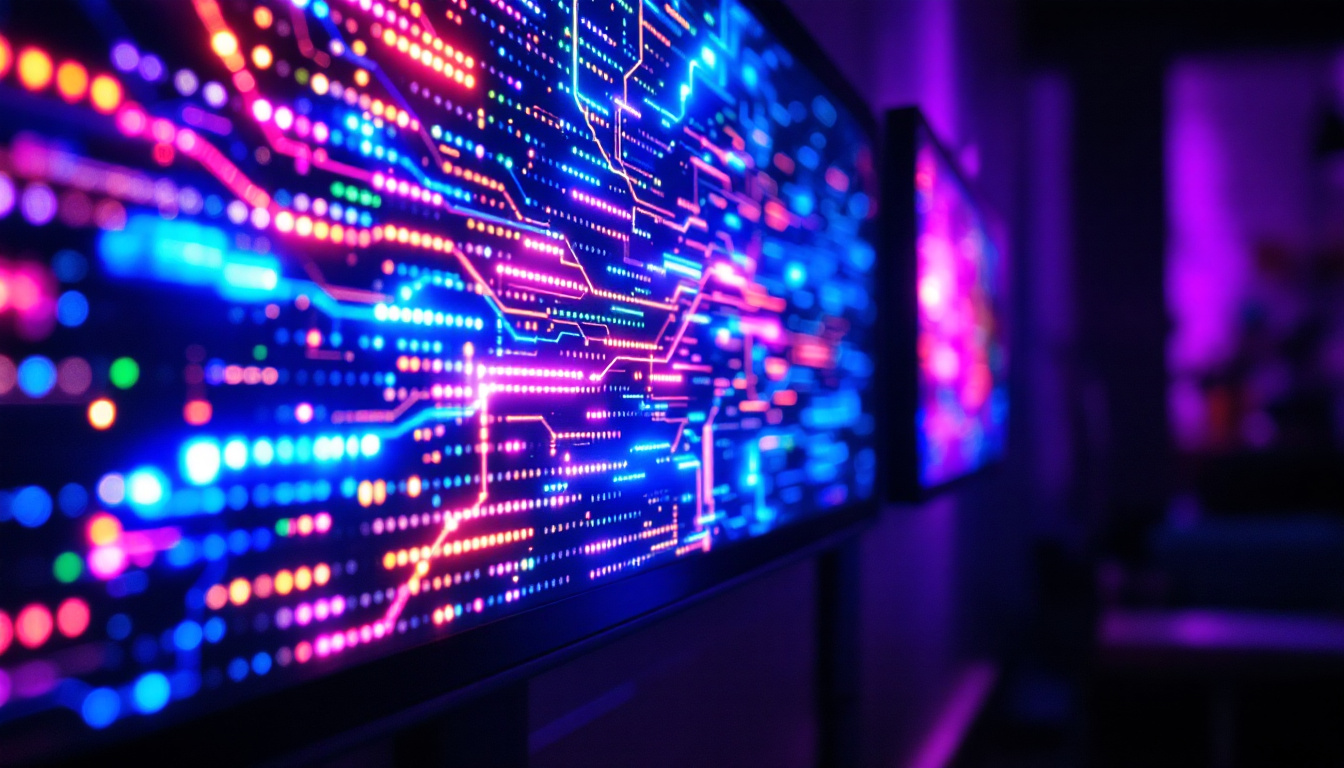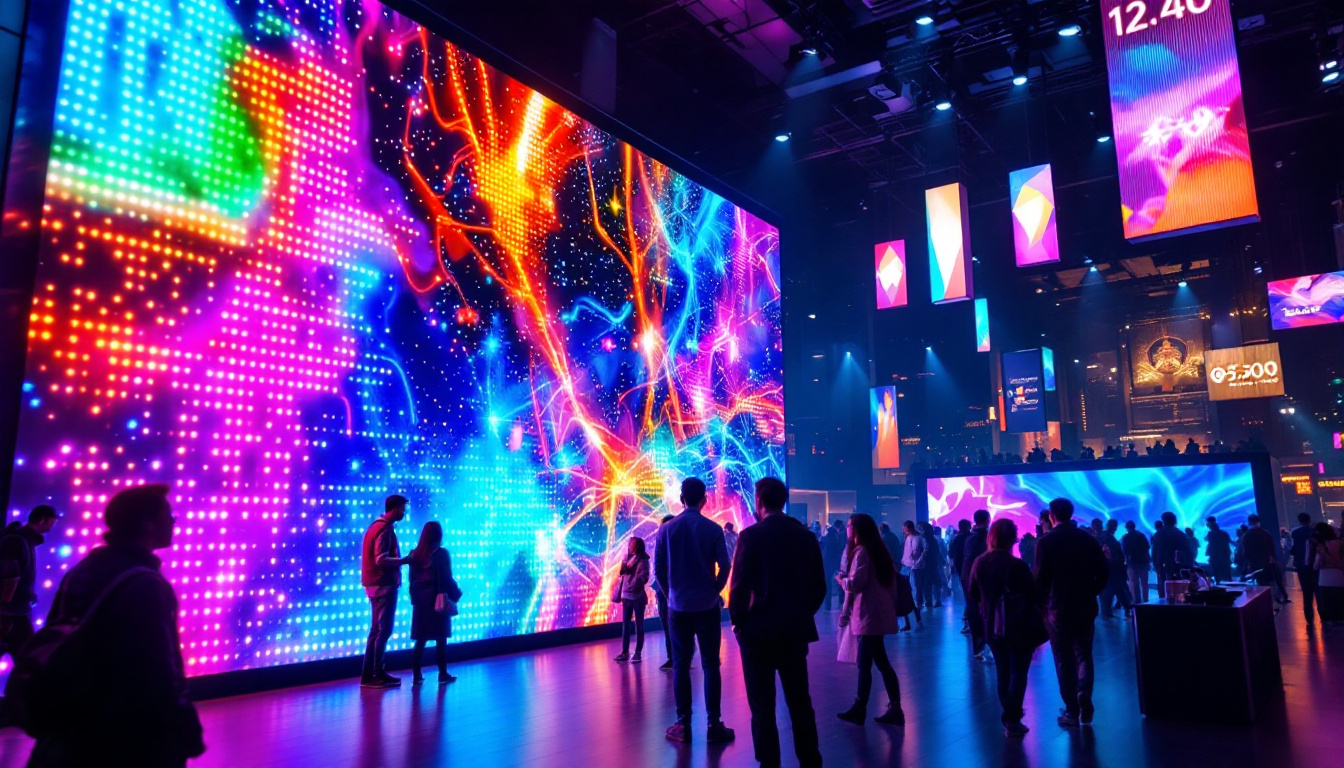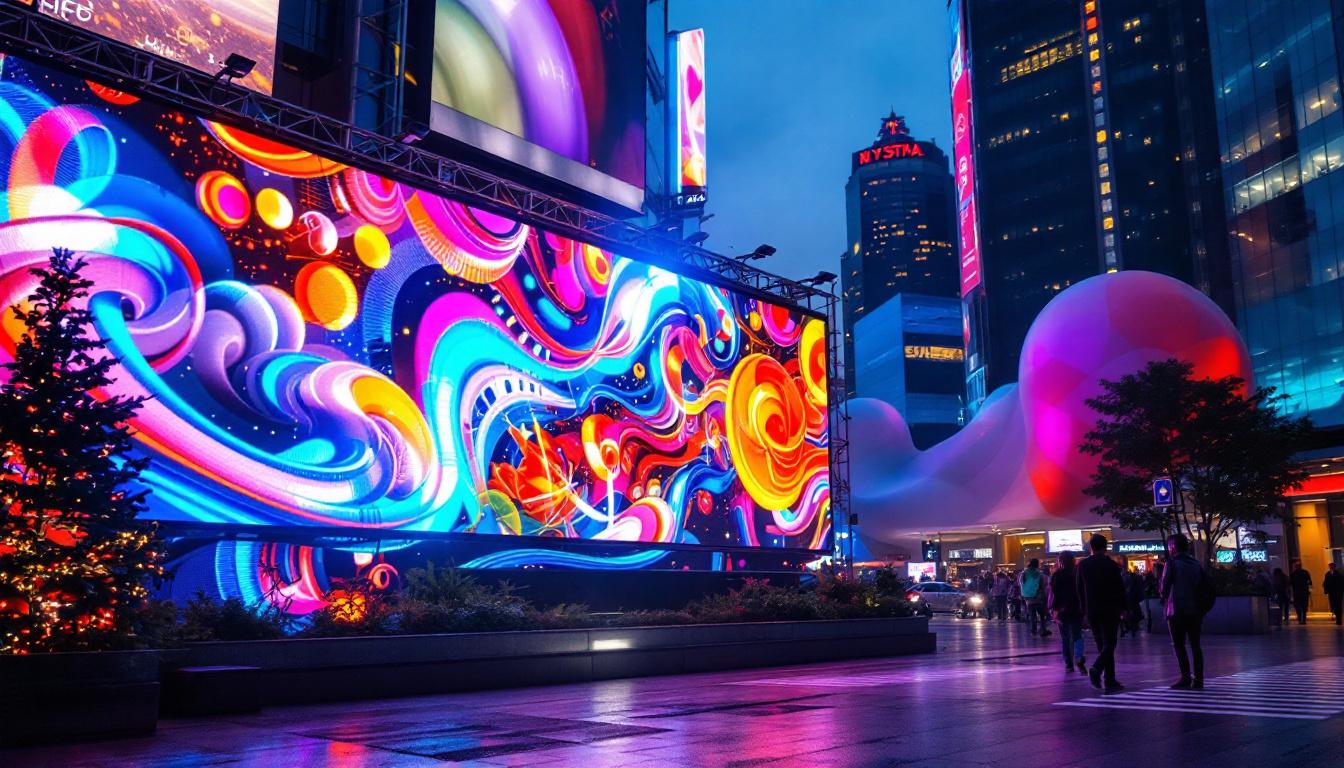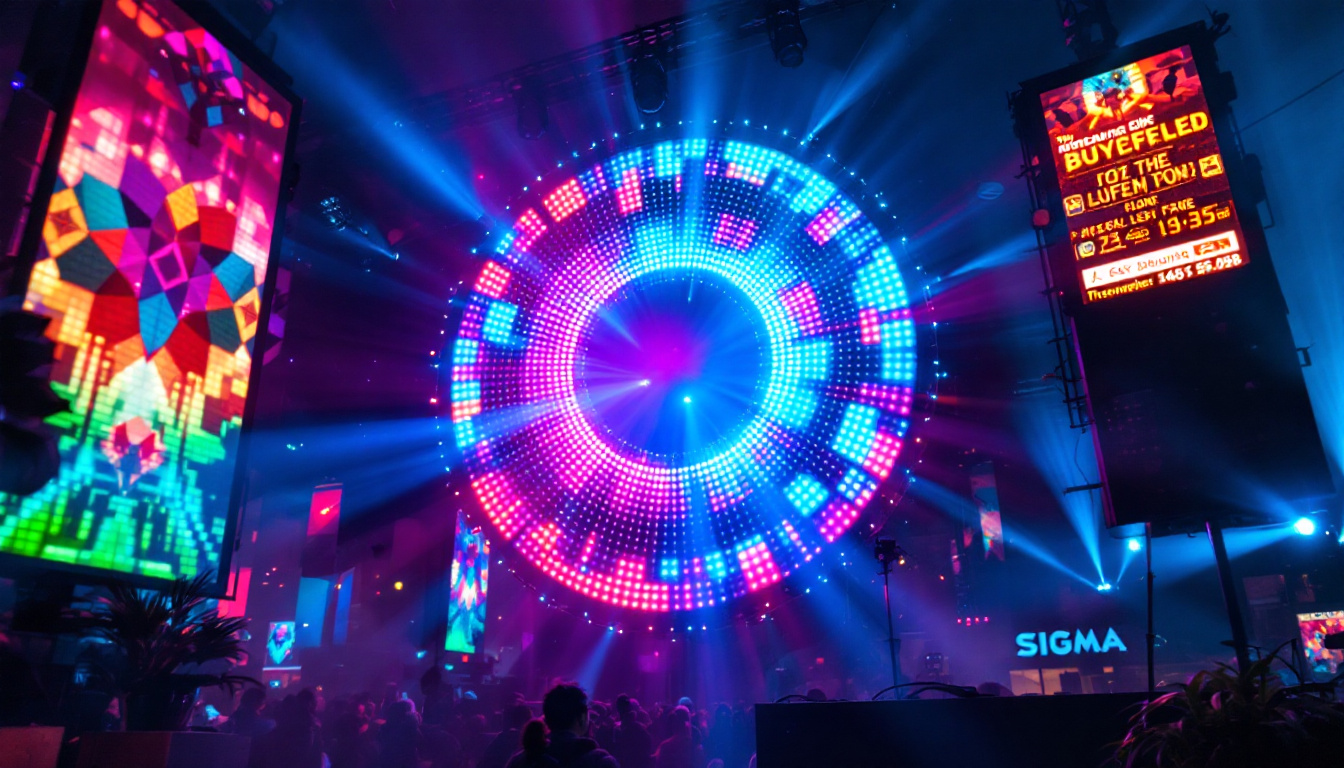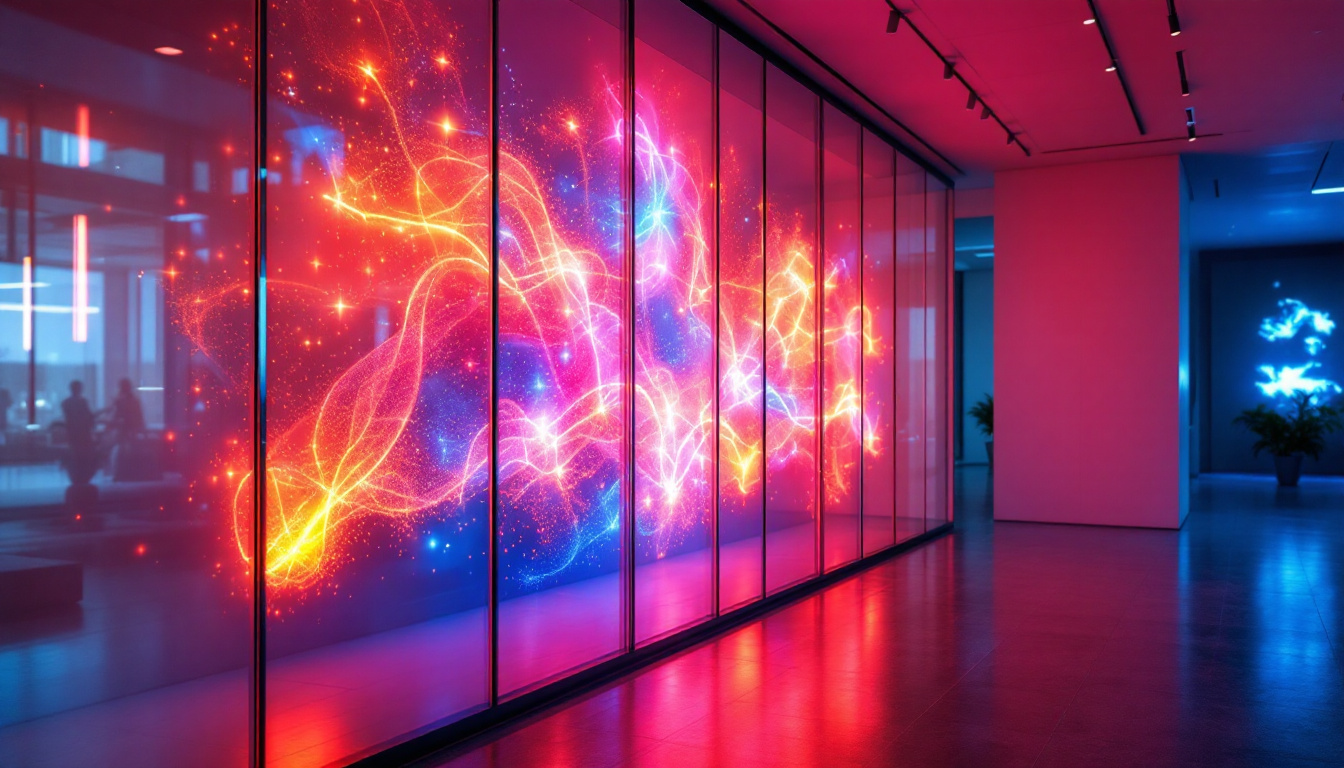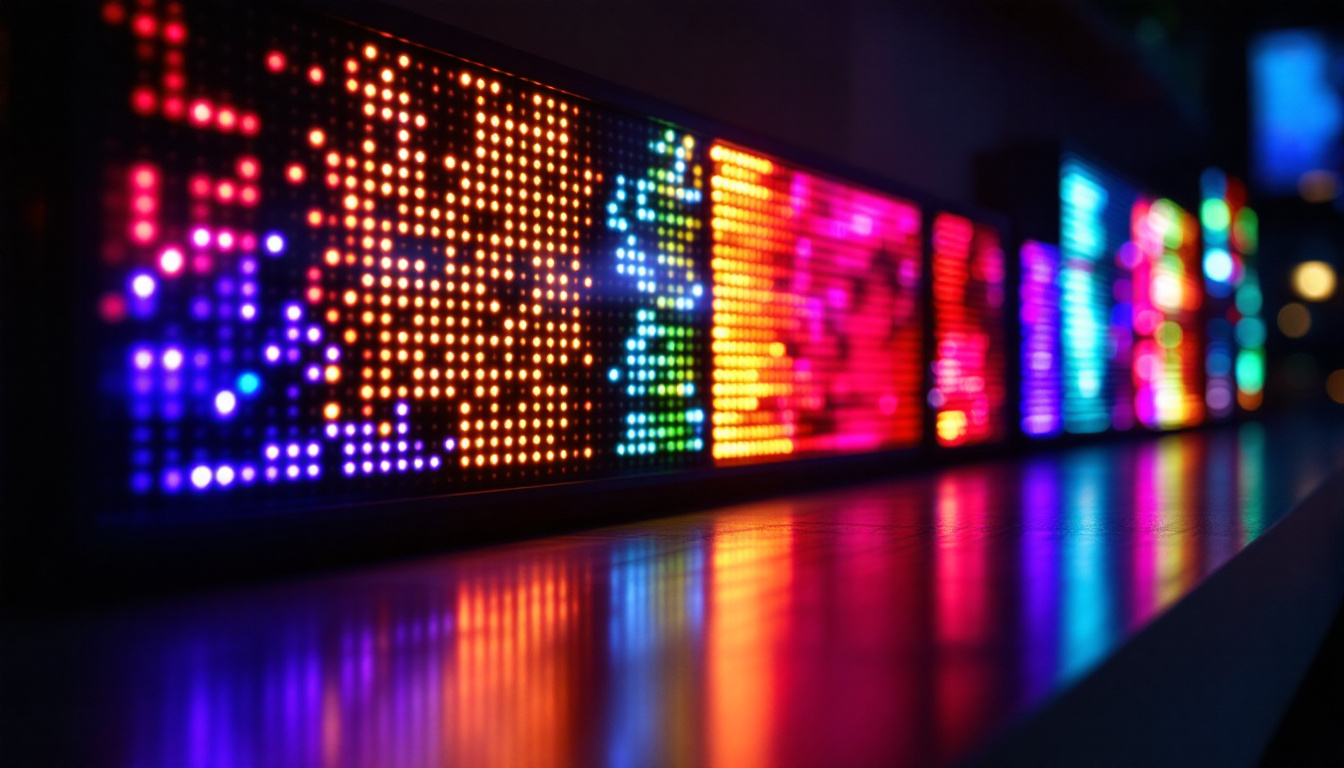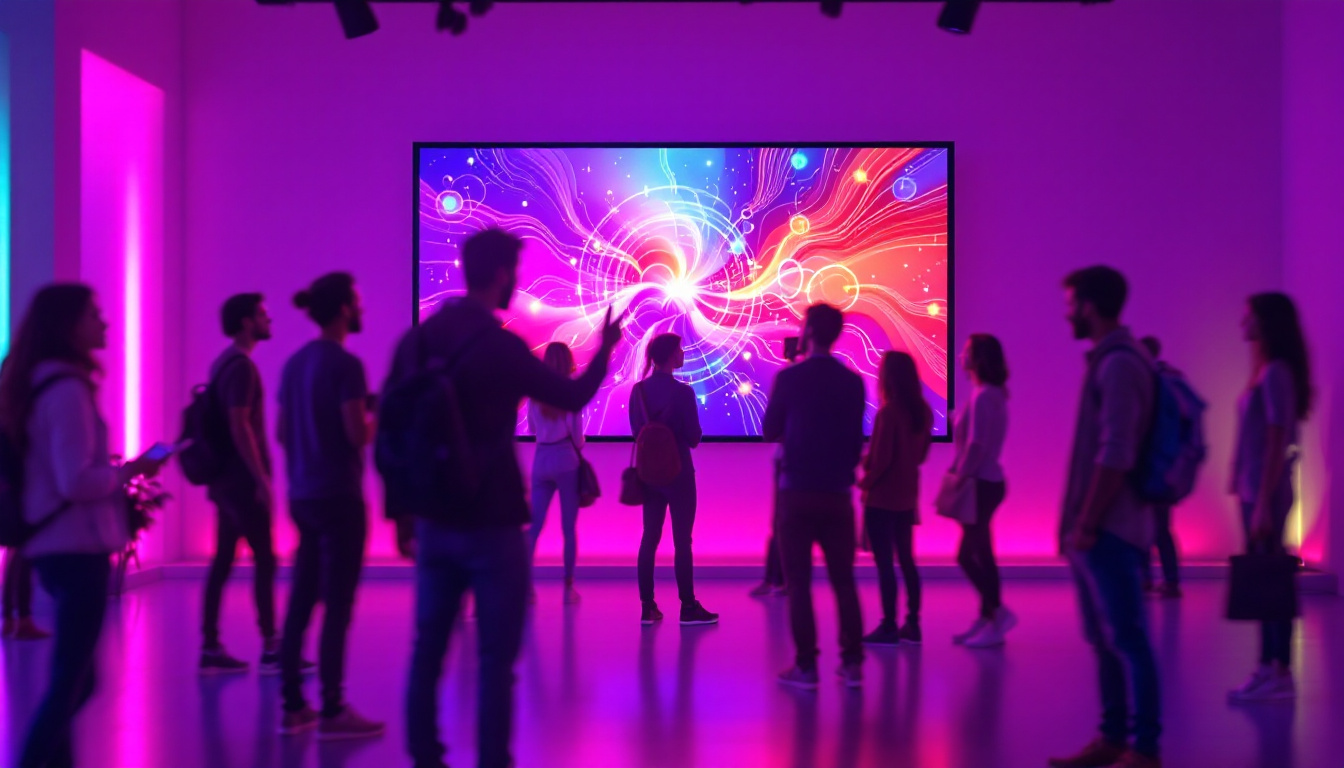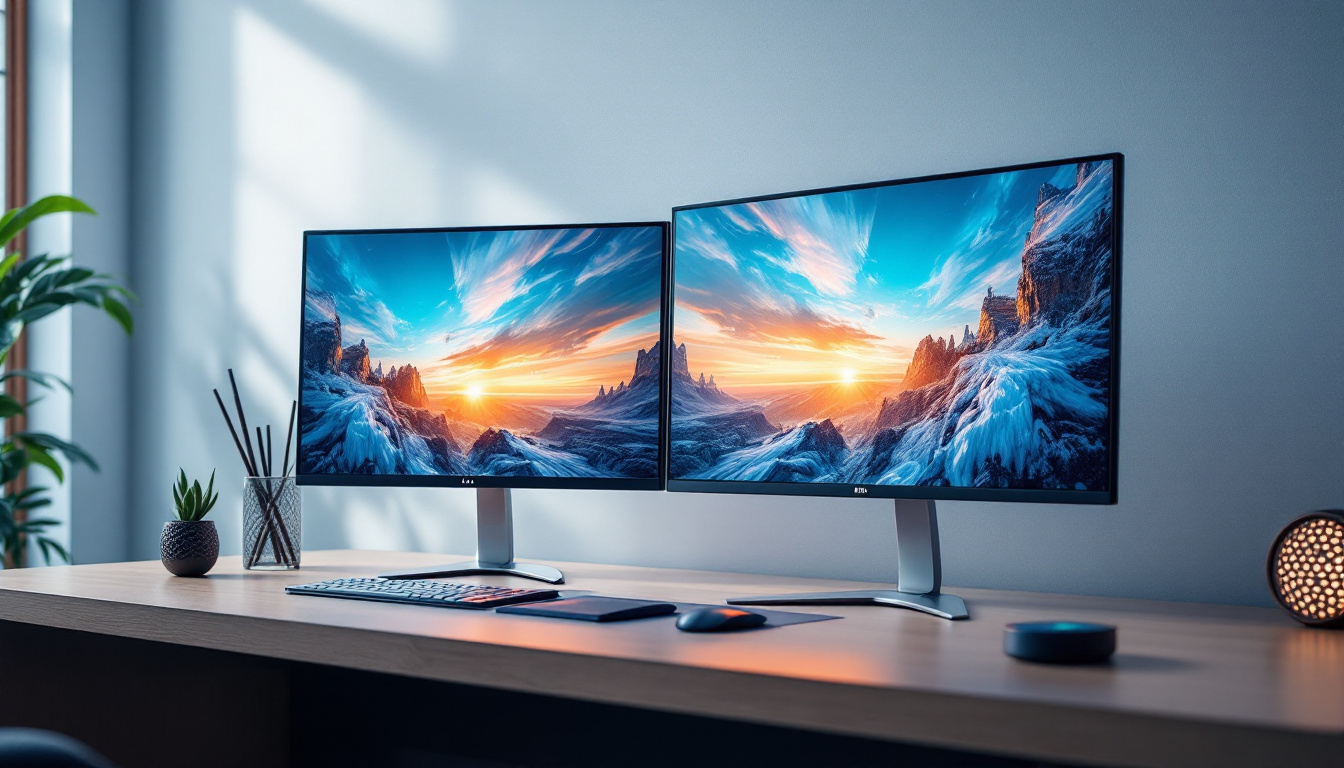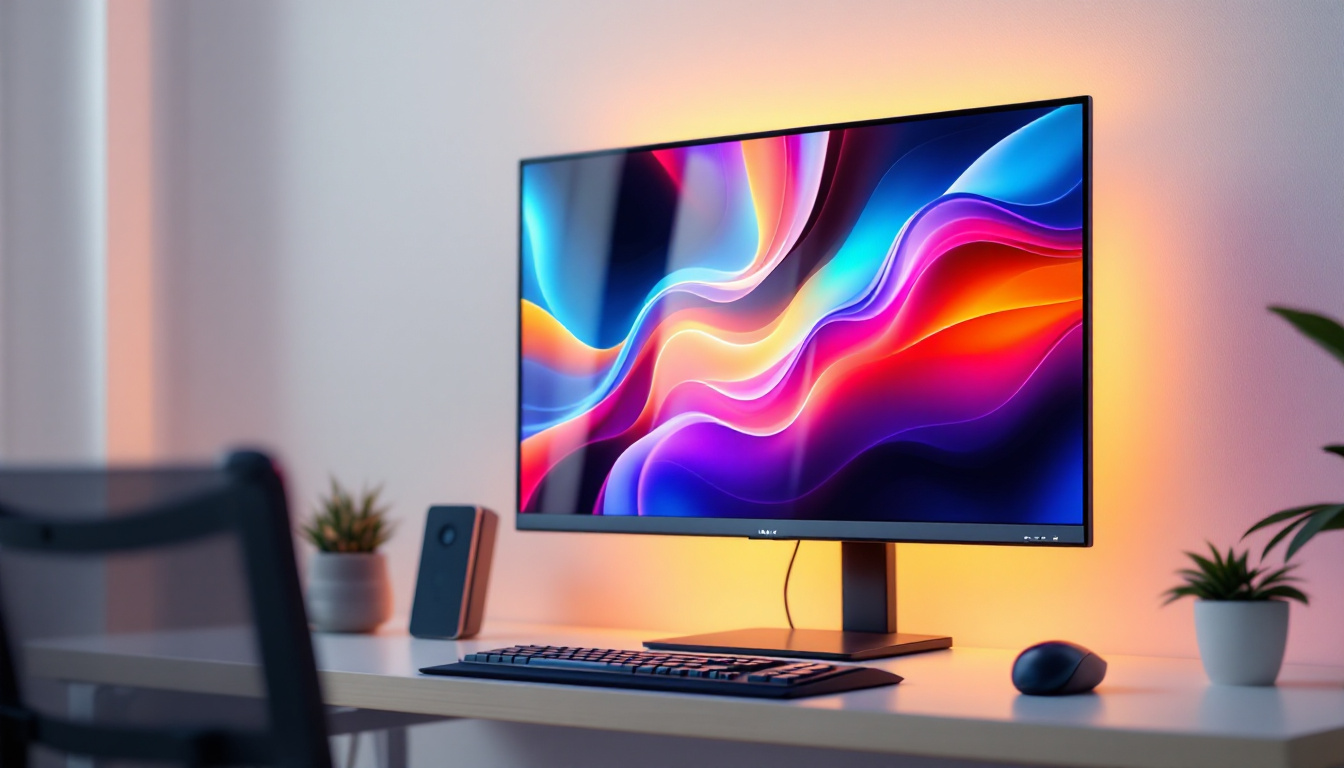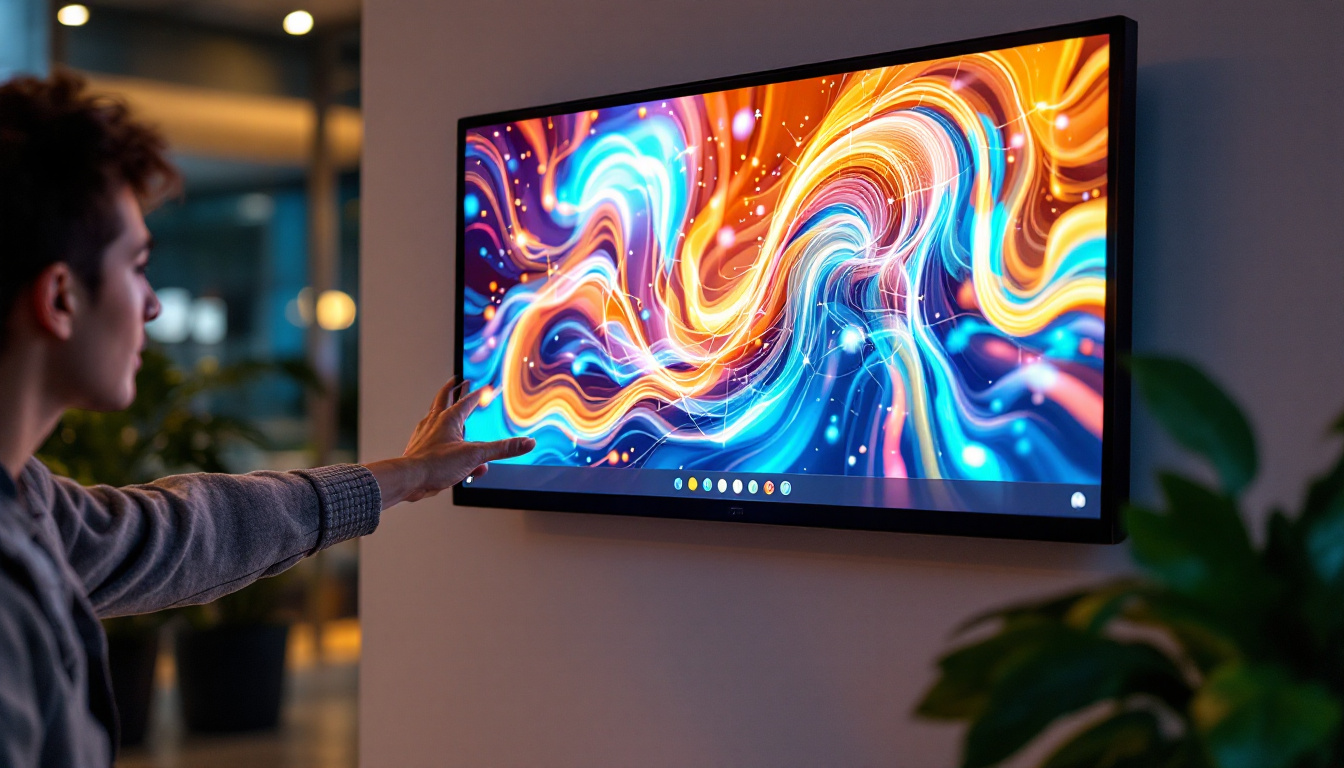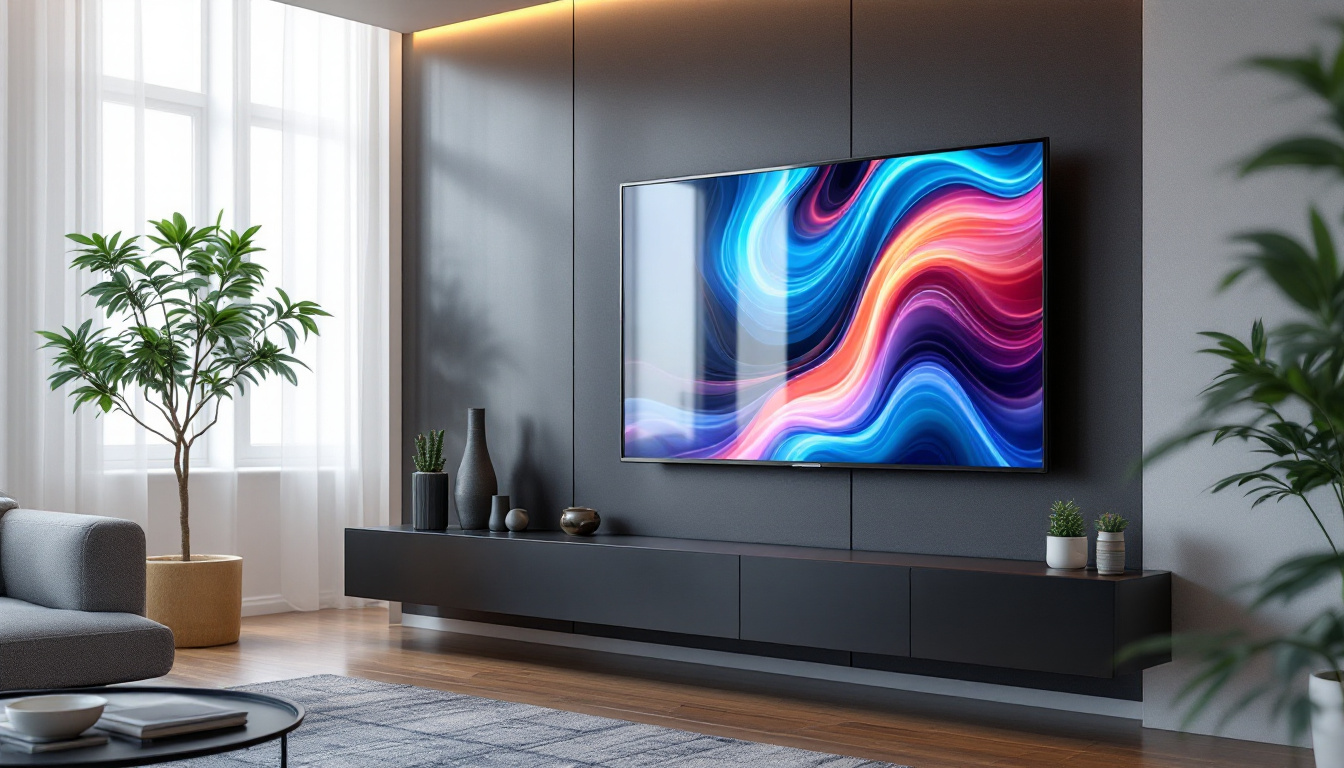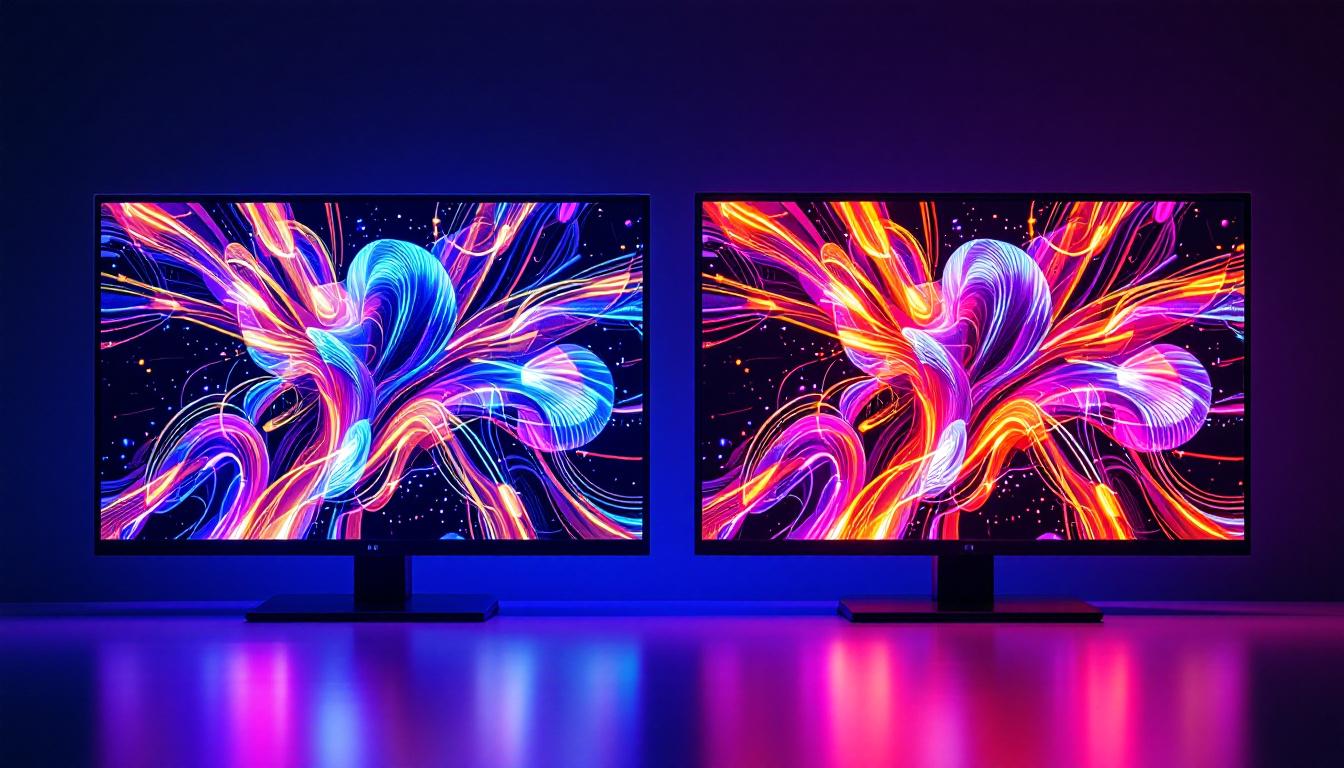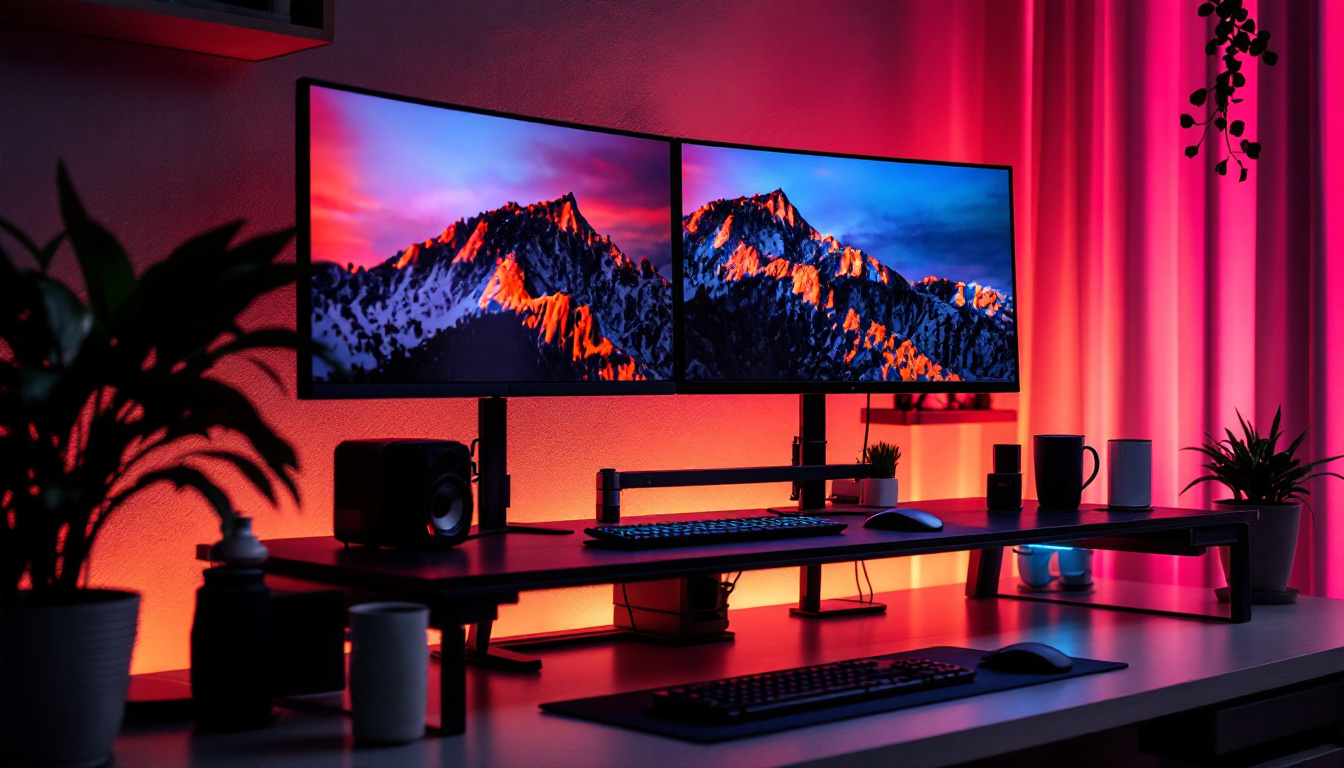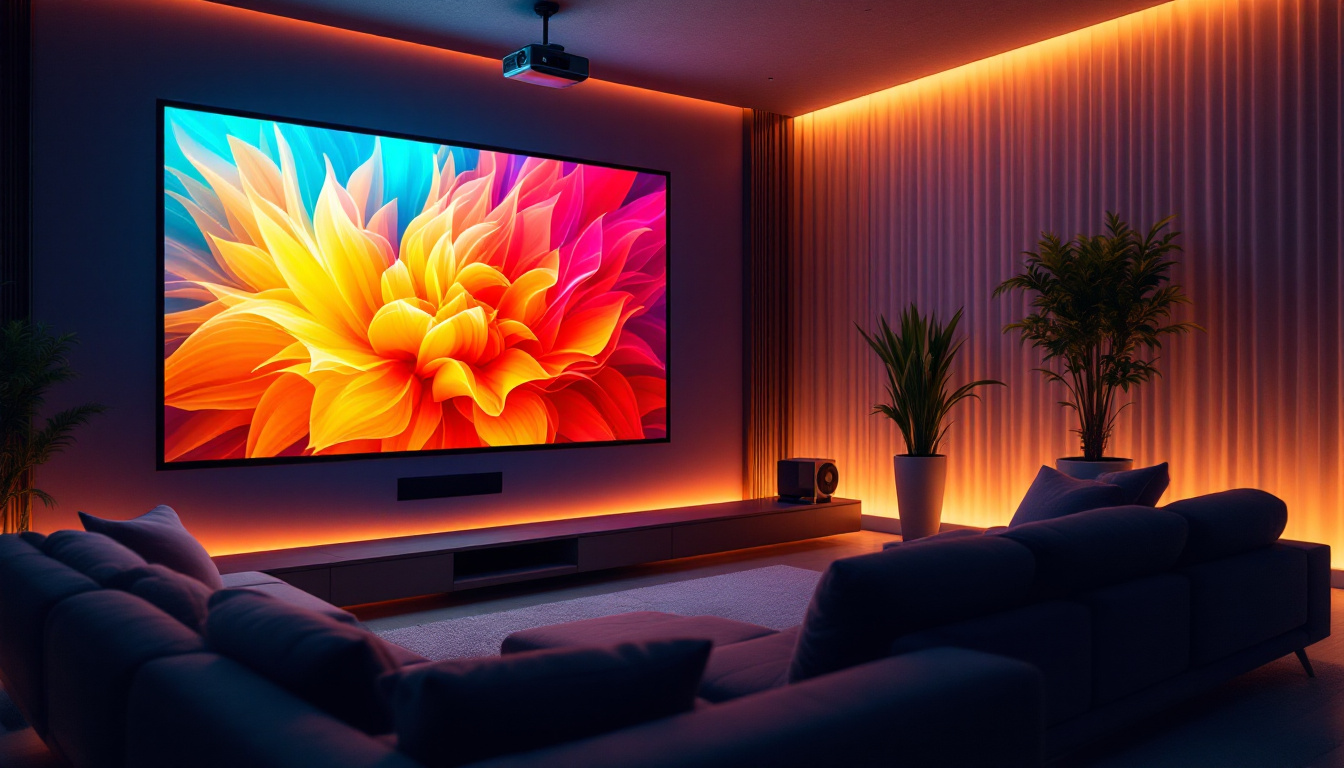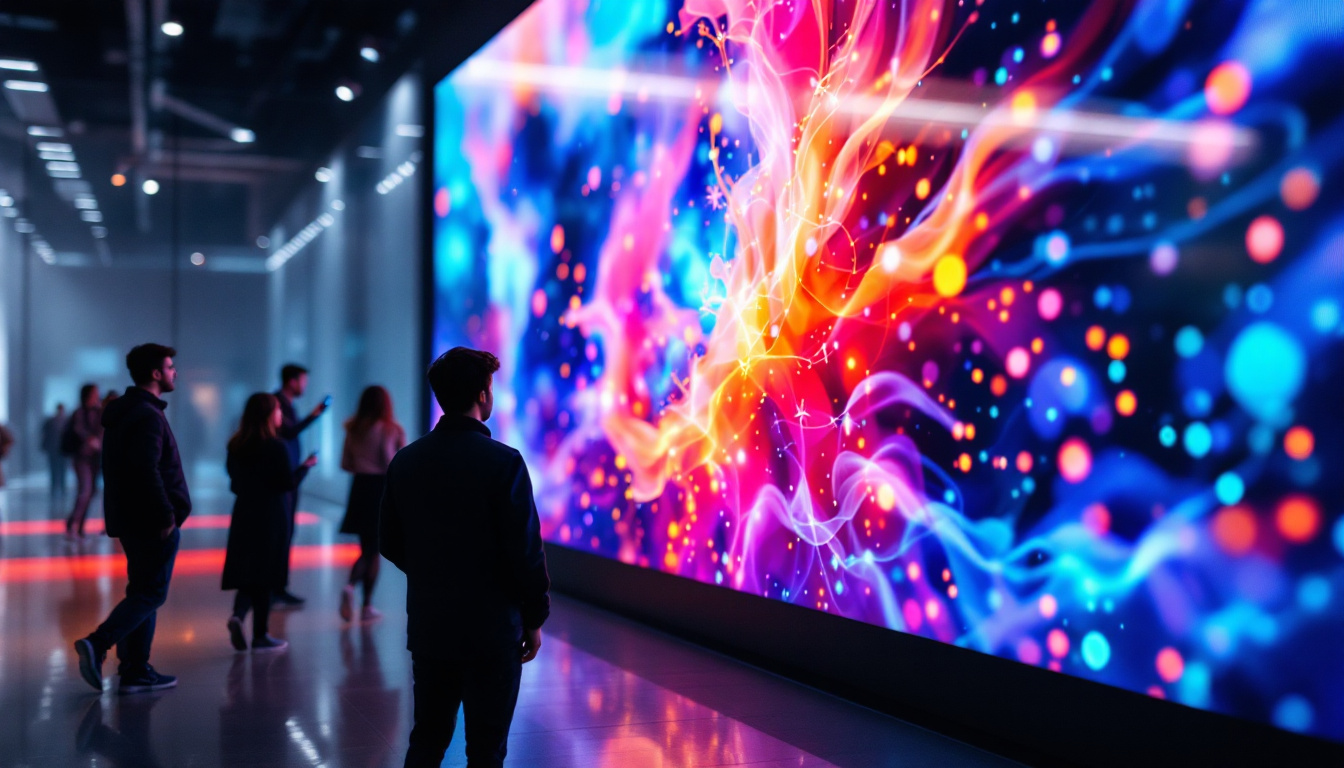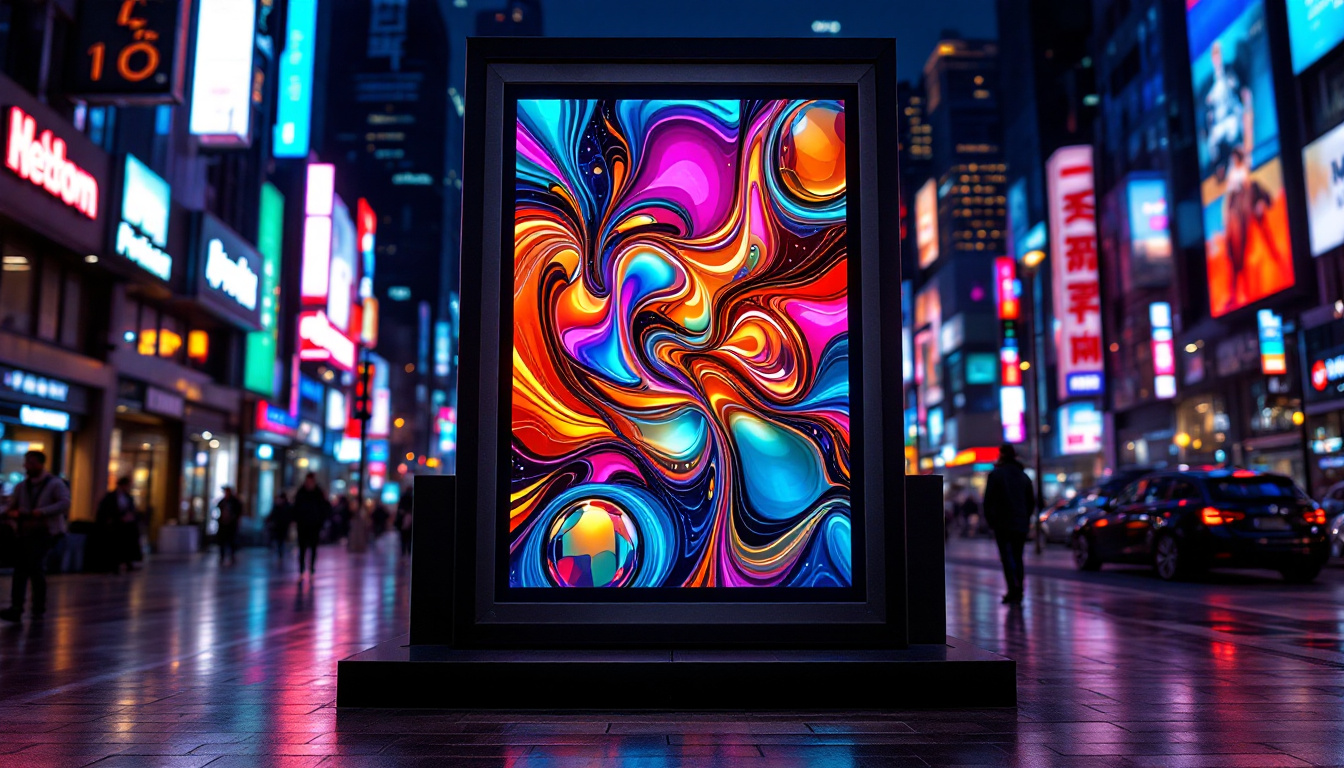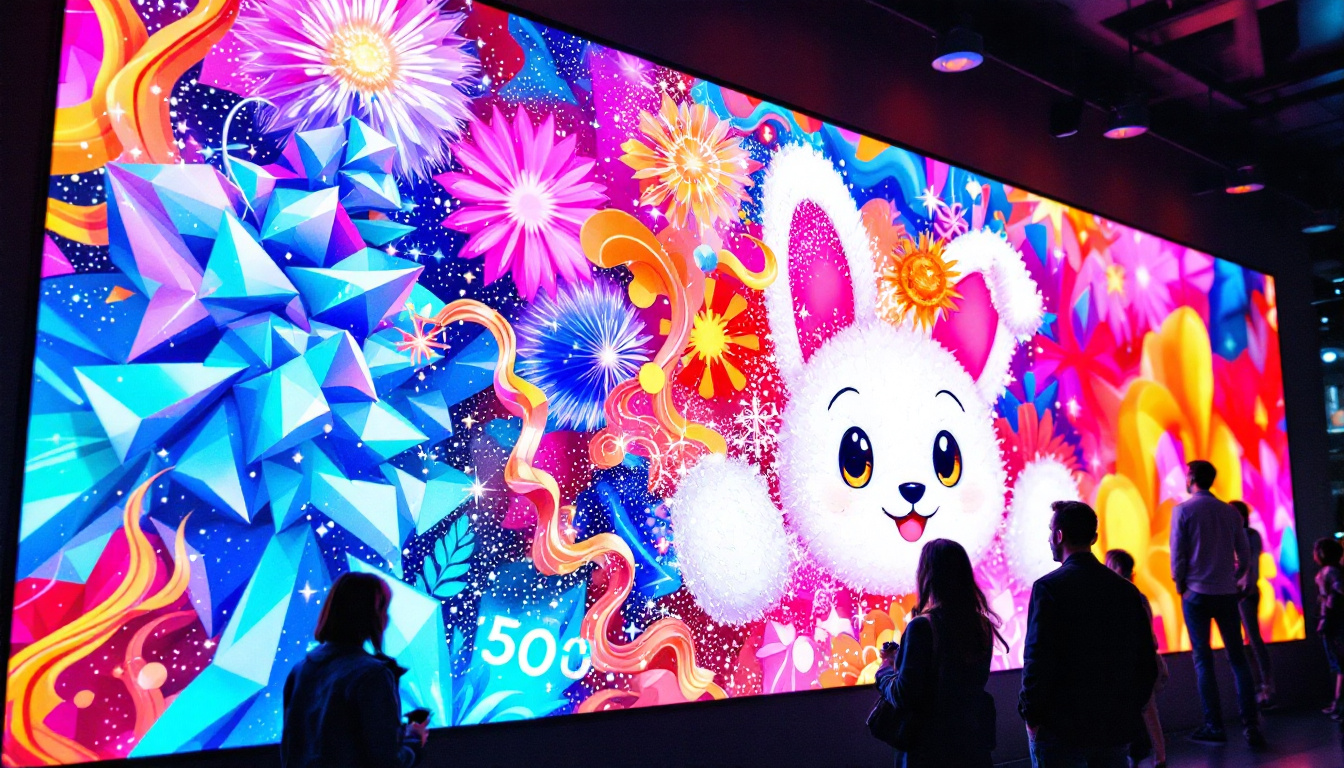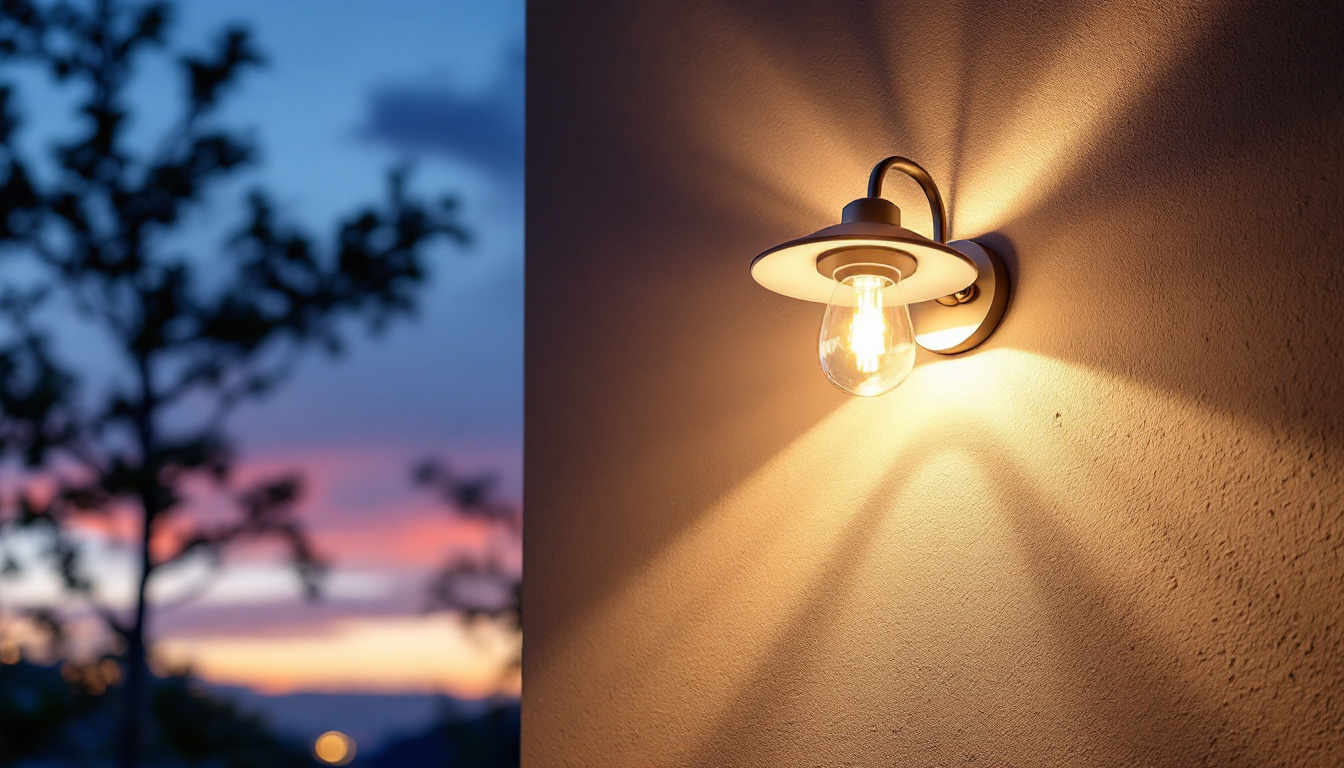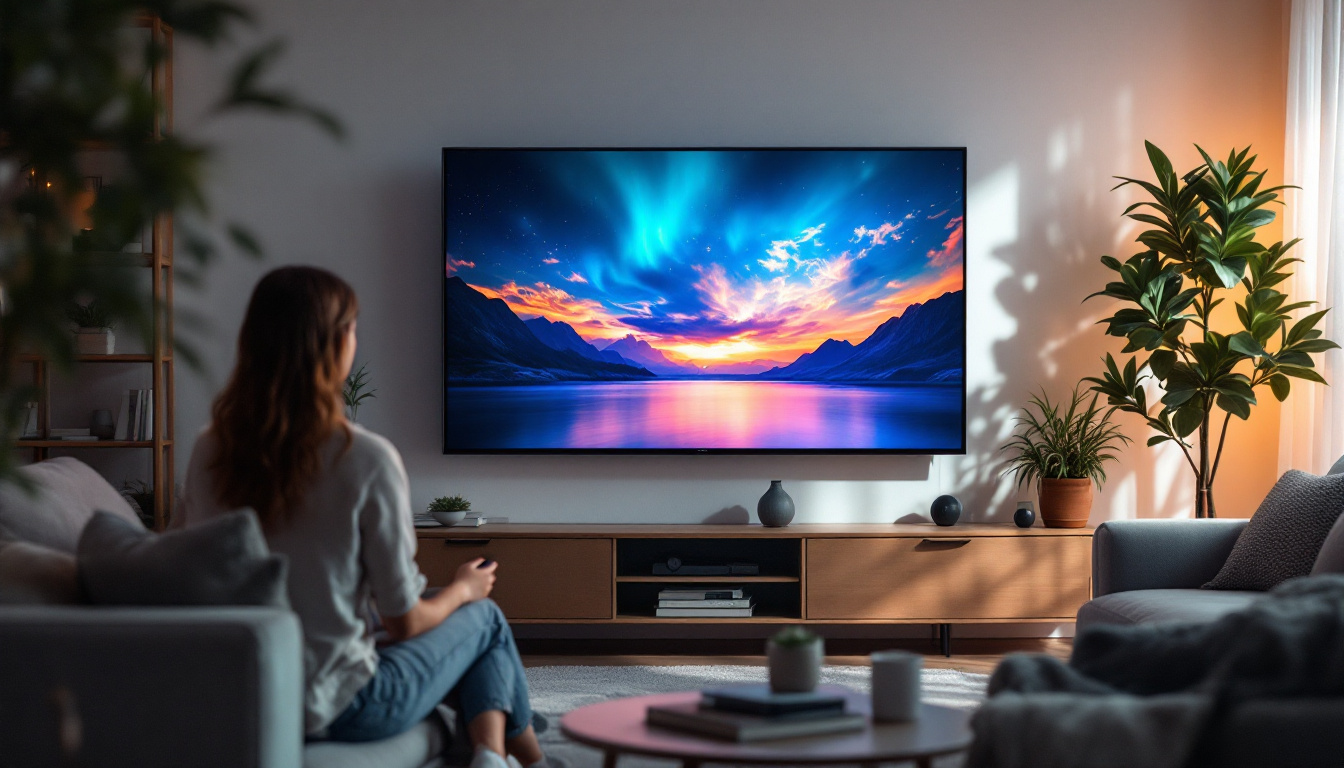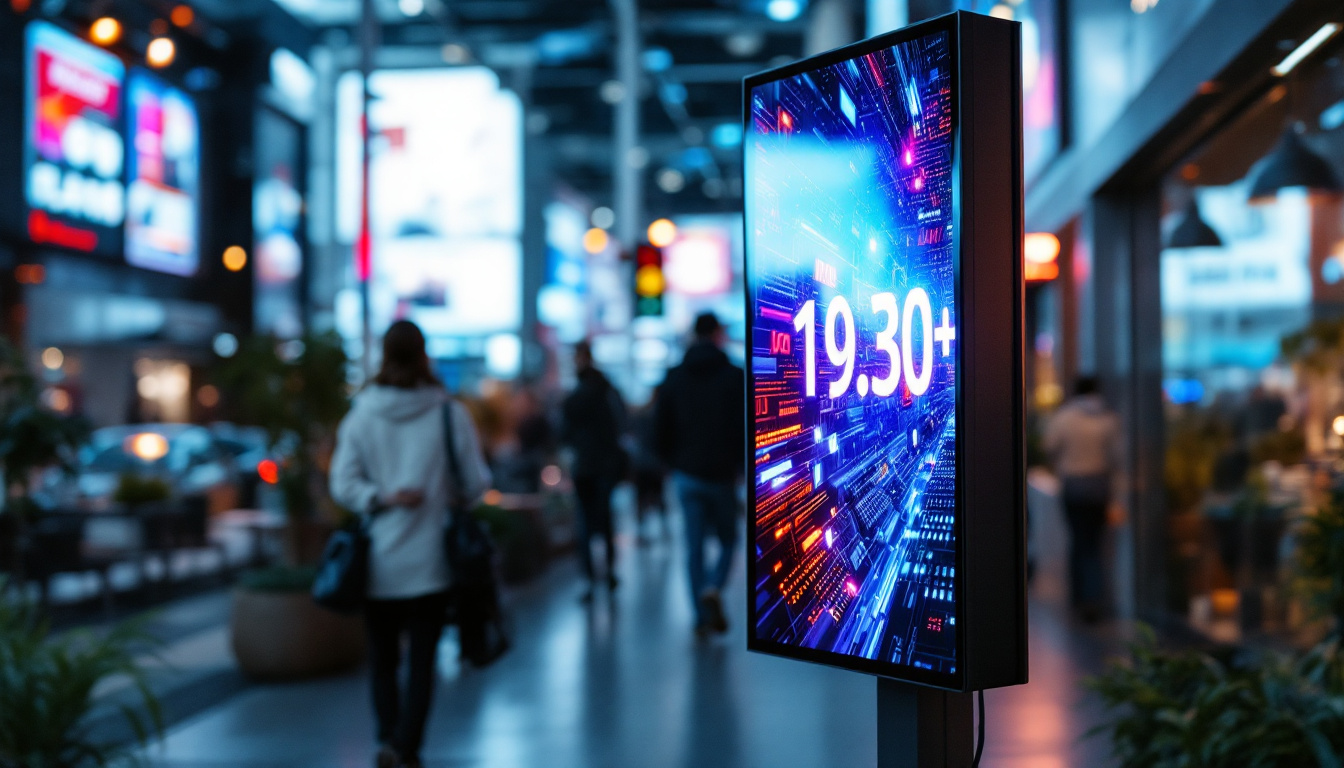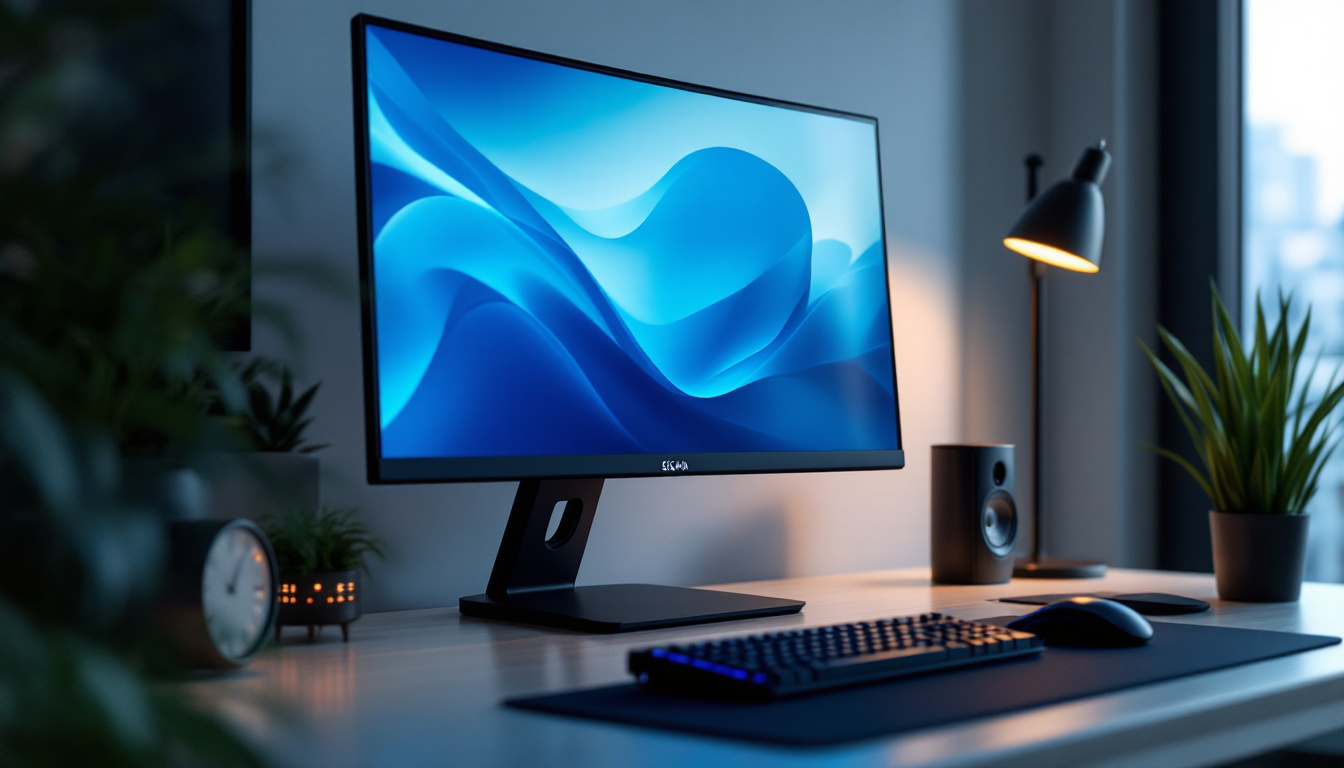In the world of visual displays, the choice between projecting onto a wall or using a dedicated screen can significantly affect the quality of the viewing experience. With advancements in technology, particularly in LED displays, understanding the nuances of these options becomes essential for both casual viewers and professional settings. This article delves into the intricacies of projecting onto a wall versus a screen, exploring the benefits and drawbacks of each method while also shedding light on the role of LED technology in enhancing visual presentations.
Understanding Projection Technology
Projection technology has evolved considerably over the years, offering various methods for displaying images and videos. At its core, projection involves casting light onto a surface to create a larger-than-life image. The quality of this image depends on several factors, including the type of projector used, the surface it is projected onto, and the ambient lighting conditions.
The Basics of Projectors
Projectors come in various types, including LCD, DLP, and LCoS. Each type has its unique characteristics and advantages. LCD projectors are known for their vibrant colors and sharp images, while DLP projectors are favored for their smooth motion and reliability. LCoS projectors, on the other hand, are appreciated for their high resolution and excellent color accuracy.
Regardless of the type, projectors require a suitable surface for optimal performance. This is where the choice between a wall and a screen becomes critical. While a plain wall may seem convenient, it may not always provide the best results.
Wall Projection: Pros and Cons
Projecting onto a wall can be an appealing option due to its simplicity and cost-effectiveness. However, there are several factors to consider before opting for this method.
One of the primary advantages of wall projection is the lack of additional equipment required. A blank wall is readily available in most settings, making it an accessible choice for impromptu presentations or home movie nights. Additionally, wall projection can be less expensive, as it eliminates the need for a dedicated screen.
On the downside, walls often have imperfections that can affect the quality of the projected image. Textures, colors, and even the wall’s finish can lead to distortion, reduced brightness, and uneven color distribution. Furthermore, ambient light can significantly impact the visibility of the projected image, making it less suitable for well-lit environments.
Moreover, the color of the wall plays a crucial role in the projection experience. A white or light-colored wall is generally preferred, as it reflects light better and enhances the brightness of the image. Darker walls, while potentially stylish, can absorb light and result in a dimmer projection. Additionally, the distance between the projector and the wall can also affect the image quality; too far away may result in a blurry image, while too close can lead to distortion and a loss of detail.
For those looking to enhance their wall projection experience, there are various DIY options available. Some enthusiasts opt to paint their projection walls with special projector paint designed to improve reflectivity and color accuracy. Others may choose to install a retractable screen that can be easily hidden when not in use, providing a more polished appearance while still allowing for the convenience of wall projection.
The Case for Screens
Using a dedicated projection screen offers a range of benefits that can enhance the viewing experience. Screens are specifically designed to optimize image quality, providing a smooth and reflective surface that can significantly improve brightness and color accuracy. Whether you are watching a blockbuster film, giving a business presentation, or playing video games, the right screen can make all the difference in how the content is perceived and enjoyed.
Types of Projection Screens
There are several types of projection screens available, each designed for specific environments and uses. Fixed-frame screens are ideal for home theaters, providing a taut surface that eliminates wrinkles and distortions. These screens often come with a black border that enhances perceived image size and contrast, making them a favorite among cinephiles. Portable screens, on the other hand, are designed for flexibility, allowing users to set up presentations in various locations. These lightweight options are perfect for educators or business professionals who need to transport their equipment frequently.
Another option is motorized screens, which can be conveniently retracted when not in use. These screens are particularly useful in multi-purpose rooms where space is a consideration, as they can be hidden away to create a clean, uncluttered environment. Additionally, there are specialized screens designed for specific projection types, such as ambient light rejecting (ALR) screens that minimize the impact of surrounding light. These screens are particularly beneficial in rooms with large windows or bright overhead lighting, ensuring that the projected image remains vibrant and visible even in less-than-ideal lighting conditions.
Benefits of Using a Projection Screen
One of the most significant advantages of using a projection screen is the enhanced image quality. Screens are engineered to reflect light more effectively than walls, resulting in brighter images with better contrast. This is particularly important for presentations or movie screenings where clarity is paramount. The right screen can also help to reduce eye strain, as the smooth surface minimizes visual distractions that can occur with textured walls or other surfaces.
Moreover, projection screens can be tailored to specific environments. For instance, a screen designed for a dark room will have different reflective properties than one intended for a brightly lit space. This adaptability allows users to achieve optimal results regardless of their setting. Furthermore, many modern screens come with features such as anti-glare coatings and enhanced durability, making them suitable for both indoor and outdoor use. This versatility not only enriches the viewing experience but also extends the lifespan of the screen, ensuring that it remains a valuable investment for years to come. In addition, the aesthetic appeal of a well-chosen projection screen can elevate the overall design of a room, blending functionality with style to create a more immersive atmosphere for viewers.
LED Technology: A Game Changer
LED display technology has revolutionized the way visual content is presented. Unlike traditional projectors that rely on lamps, LED projectors utilize light-emitting diodes to create images. This shift has brought about several advantages that enhance the overall viewing experience.
Advantages of LED Projectors
One of the most notable benefits of LED projectors is their longevity. Traditional lamps typically require replacement every few thousand hours, while LED lights can last significantly longer, often exceeding 20,000 hours. This not only reduces maintenance costs but also ensures consistent performance over time.
Additionally, LED projectors offer improved color accuracy and brightness. The ability to produce a wider color gamut means that images appear more vibrant and true to life. This is particularly beneficial for applications that require precise color representation, such as graphic design or photography.
LED Projectors vs. Traditional Projectors
When comparing LED projectors to traditional models, several key differences emerge. LED projectors tend to be more compact and lightweight, making them easier to transport and set up. This portability is a significant advantage for professionals who frequently move between locations for presentations.
Furthermore, LED projectors often operate more quietly than their traditional counterparts, which can be a crucial factor in environments where noise levels need to be minimized. The absence of a cooling fan in many LED models contributes to this quieter operation.
Choosing the Right Setup for Your Needs
Deciding between projecting onto a wall or using a screen ultimately depends on individual needs and circumstances. Several factors should be considered to make an informed choice.
Assessing Your Environment
The environment in which the projection will take place plays a crucial role in determining the best setup. For instance, a dark room with minimal ambient light may allow for acceptable wall projection, while a brightly lit conference room would benefit from a dedicated screen.
Additionally, the size of the audience and the nature of the content being presented should be taken into account. For larger audiences or detailed presentations, a projection screen is likely to provide a clearer and more engaging experience.
Budget Considerations
Budget constraints can also influence the decision between wall projection and using a screen. While a wall is free, investing in a quality projection screen can yield significant dividends in terms of image quality and overall experience. It’s essential to weigh the initial costs against the long-term benefits of improved performance.
Furthermore, considering the type of projector being used is vital. High-end projectors may warrant the investment in a premium screen to maximize their capabilities, while lower-end models may perform adequately on a wall.
Conclusion
The choice between projecting onto a wall or using a dedicated screen is not merely a matter of convenience; it significantly impacts the quality of the viewing experience. While wall projection may offer a quick and cost-effective solution, it often falls short in terms of image quality and clarity, especially in challenging lighting conditions.
On the other hand, dedicated projection screens provide a tailored solution that optimizes brightness, color accuracy, and overall image quality. Coupled with the advancements in LED technology, users can achieve stunning visuals that enhance presentations, movie screenings, and more.
Ultimately, the decision should be based on a careful assessment of the environment, budget, and specific needs. By understanding the strengths and weaknesses of each option, individuals and organizations can make informed choices that elevate their visual experiences.
Discover the Future of Visual Display with LumenMatrix
Ready to elevate your visual experience with the latest in LED display technology? LumenMatrix offers a comprehensive range of innovative solutions tailored to your unique needs. From the immersive Indoor LED Wall Display to the dynamic Outdoor LED Wall Display, and from the versatile Vehicle LED Display to the sleek LED Poster Display, our products are designed to captivate and engage. Whether you’re looking to make an impact with LED Sports Displays, Floor LED Displays, or require a Custom LED Display solution, LumenMatrix is your partner in revolutionizing visual communication. Don’t settle for less—check out LumenMatrix LED Display Solutions today and transform your space into a visual masterpiece.

